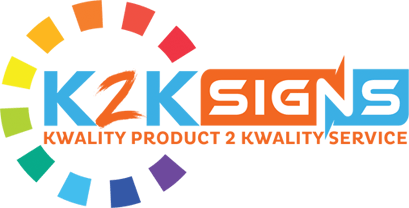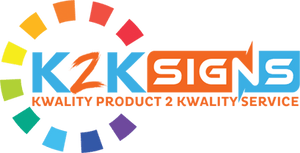Kitchen Safety Signs
Managing risks like food contamination and workplace accidents in commercial kitchens requires proper safety measures.
The absence of clear safety signs can cause confusion, errors, and compliance issues.
This guide provides practical guidance to help you select the right kitchen safety signs, ensuring a safe and compliant environment.

What Are Kitchen Safety Signs?
Kitchen safety signs provide instructions on maintaining hygiene and preventing accidents in kitchens.
Kitchen safety signs use symbols and text to communicate rules for hygiene, cross-contamination prevention, and accident reduction.
Why Are Kitchen Safety Signs Important?
Kitchen safety signs ensure compliance with food safety standards, protect staff and customers from risks, and improve operational efficiency.
Kitchen safety signs minimise the chances of contamination, prevent workplace injuries, and provide clear guidance to staff for maintaining a safe and hygienic environment.
Types of Kitchen Safety Signs
Different types of kitchen safety signs address various safety and hygiene concerns. These signs help maintain cleanliness and prevent accidents.
1. Hygiene and Sanitisation Signs
Hygiene and sanitisation signs remind staff to wash hands, sanitise equipment, and maintain cleanliness.
- Stop - Did You Wash Your Hands sign
- Sanitise Equipment After Use sign
- Keep Kitchen at all Clean sign
2. Hazard Warning Signs
Hazard warning signs highlight dangers like hot surfaces, sharp tools, and wet floors.
- Caution: Hot Surface sign
- Danger: Sharp Objects sign
- Slippery When Wet sign
3. Restricted Access Signs
Restricted access signs inform people about areas only accessible to authorised personnel.
- Staff Only sign
- No Entry Without Proper Attire sign
- Authorised Personnel Only sign
4. Allergen and Food Labelling Signs
Allergen and food labelling signs prevent cross-contamination and alert staff about allergens.
- Contains Nuts signs.
- Allergen-Free Zone signs.
- Raw Meat Preparation Area signs.
How to Choose the Right Kitchen Safety Signs?
Selecting the right kitchen safety signs requires understanding your kitchen’s needs and risks.
Evaluate the safety and hygiene risks by identifying areas prone to accidents or contamination.
Review high-risk areas such as hot surfaces or wet floors, note hygiene-critical zones like handwashing stations, and consider spaces that need restricted access for safety and compliance.
Understand Regulatory Requirements
Ensure your kitchen complies with Australian food safety regulations. Use signs that meet required standards.
- Check guidelines from Food Standards Australia New Zealand (FSANZ).
- Use signs with standardised symbols and text.
- Please make sure signs are durable and easy to clean.
Consider Material and Durability
Select materials that withstand kitchen conditions like heat, moisture, and cleaning chemicals.
- Use waterproof materials for wet areas.
- Choose heat-resistant signs for hot zones.
- Opt for non-corrosive materials for durability.
Benefits of Using the Right Kitchen Safety Signs
The right kitchen safety signs improve safety, hygiene, and operational efficiency.
- Prevent accidents and injuries.
- Maintain food safety standards.
- Enhance staff training and awareness.
Common Mistakes to Avoid
Please avoid these mistakes to make sure your kitchen safety signs are effective.
- Using unclear or faded signs.
- Placing signs in hard-to-see locations.
- Ignoring regulatory requirements.
Conclusion
Choosing the right kitchen safety signs protects staff and customers while ensuring compliance with food safety standards.
Look at your needs, understand regulations, and select durable, visible signs for a safer kitchen environment.
At K2K Signs, we specialise in providing high-quality kitchen safety signs to ensure safety and compliance in commercial kitchens.
We also offer custom signs tailored to your unique kitchen requirements, providing durable and straightforward solutions for every need—partner with K2K Signs for professional guidance and effective signage solutions that prioritise safety and efficiency.

